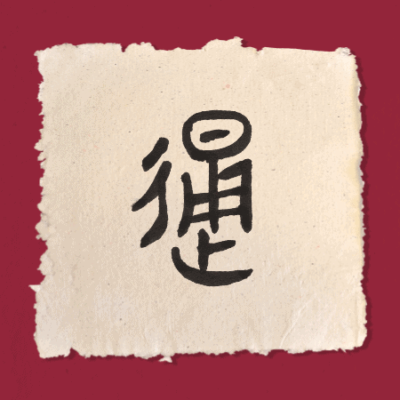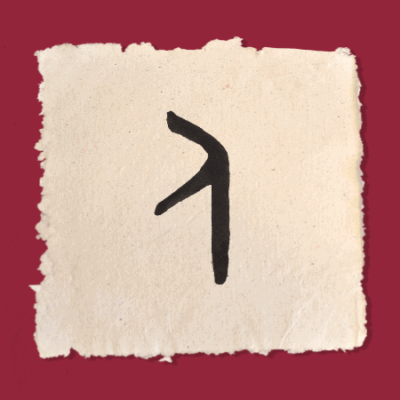Mindfulness and Qigong
Mindfulness Meditation and Qigong share a number of key elements. With its roots in Buddhist practice, Jon Cabat-Zinn brought mindfulness to the mainstream when he incorporated it into a program at the University of Massachusetts’s medical school in 1979. Now mindfulness is a popular catchword because of its effectiveness in promoting stress reduction, better sleep and improved immunity. Less familiar to many is Qigong, an ancient Chinese mindfulness practice of movement, breath, meditation and visualization. Qigong has been proven to be highly effective in promoting and maintaining health, vitality, and a calm mind.
Understanding Mindfulness
But what is mindfulness really? It is conscious presence and being in the present moment. This is a quality of “being”, of awareness actually. Most of us spend more of our time “doing” than simply “being”. Both Qigong and Mindfulness recognize how cultivating our ability to be fully present in the moment benefits our bodies and our lives.
Everyday Mindfulness and Qigong
In modern life, we are taught to think and consequently devote most of our time to thinking, which is only one aspect of our minds or consciousness. We faithfully attend to our thinking as if it were the most important thing in the world when really it is primarily comprised of regrets, a rehash of the past, or worrying about the future. If you find this far-fetched, watch your thoughts for a few minutes and notice how redundant they are, how many times you remind yourself to pick up a quart of milk on your way home, for example. Through our endless regurgitation of the same thoughts, we seek to control events so we can feel safe and be at ease. Unfortunately, you cannot get to that place of ease and safety by thinking. Surprising to most Westerners, there are other aspects to consciousness and other ways of paying attention that can more effectively bring relaxation and ease without all the drama.
Living in the Present Moment
The Chinese ideogram for “mindfulness” is comprised of two characters. The first is the character for “now”. The second character is “heart”. This ideogram points us to a very different way of approaching our lives. If we can shift our consciousness to being present in our hearts and perceive what is truly happening as if for the first time, surprising things begin to happen.
Rather than spend most of our lives lost in our thoughts we can step back and observe them. As a result, life begins to open in places that were stuck, maybe for years. To do this, treat your thoughts as if they were robo-calls - don’t answer them or engage with them. Notice them as they come in but draw your attention back to your breath and being present in your heart. You will begin to connect with yourself, your body and your heart and experience just how spacious your awareness is. You will realize you are so much more than your thoughts and your life will begin to shift in wonderful and surprising ways. Be patient with yourself. Remember you were trained to think, which is a very focused type of attention. Whereas being present in our hearts and living in the moment is open and diffuse.
Qigong and Mindfulness
Embedded in the nine methods of Yuan Qigong are powerful mindfulness principles aimed at connecting our consciousness with our bodies, Qi (life force) and hearts so that we can realize our true potential. The principles are introduced in the first two methods, Gathering Qi and Nourishing Qi, and then are strengthened and expanded upon in the subsequent methods.
Gathering Qi:
In Gathering Qi, we begin the practice by disconnecting our attention from the external world and from thinking. We then draw our awareness to the internal terrain where we relax and connect with our bodies and our Qi through movement and mind activities.
Nourishing Qi:
Nourishing Qi is predominantly a standing meditation where we incorporate all the Qi we have gathered in the first method into our internal systems. This Qi we gathered supports our efforts to break our habitual thought patterns and cultivate our connection to our hearts and bodies. The verses that introduce this form instruct us to “Observe yourself in a calm state: Enjoy the wondrous changes inside. Body relaxed filled with uplifting Qi; Joy opening the heart naturally. Heart radiant, and Qi rising, body and mind light and free.” Doesn’t that sound inviting?
Special Yuan Qigong Beginner Set
If you have had little success with mindfulness meditation, yet are intrigued by the possibilities that living in the present moment offers, give these first two Qigong methods a try, and experience a wonderful unfolding of your potential.


